Top 11 Interesting Facts about Paris
Not simply for its art, culture, architecture, and history, the City of Lights is one of the most fascinating European capitals. It may be associated with ... read more...romance, but it also has a lot of oddball secrets that only serve to increase its attraction. Now, let's follow Toplist to discover some interesting facts about Paris.
-
The Louvre is a famous landmark in Paris, France, and the most popular museum in the entire world. It is the origin of some of the most well-known pieces of art, including as the Venus de Milo and the Mona Lisa. It is situated on the Right Bank of the Seine in the city's 1st arrondissement and is a major landmark (district or ward). Over an area of 72,735 square meters, almost 38,000 artefacts from prehistory to the 21st century are on display at any given moment (782,910 square feet). The COVID-19 pandemic reduced attendance in 2021 to 2.8 million, up 5% from 2020 but still significantly below pre-COVID attendance of nearly nine million people yearly. However, the Louvre continued to be the most popular art museum in the world in 2021.
On August 10, 1793, the museum opened its doors to the public with a display of 537 artworks, the majority of which were royal and seized church property. During the reigns of Louis XVIII and Charles X, the collection was expanded even more, and the museum acquired 20,000 new items during the Second French Empire. Today, the permanent collection takes up more than 60,600 square meters (652,000 square feet) of the Musée du Louvre, which also houses more than 380,000 other artifacts and 35,000 pieces of art. This means that even if you gave each one a 30-second viewing slot, it would still take 35 days to watch them all.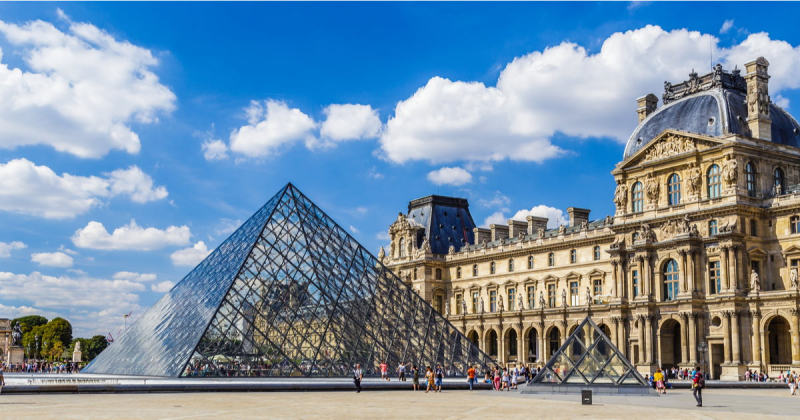
Photo: paristouristinformation 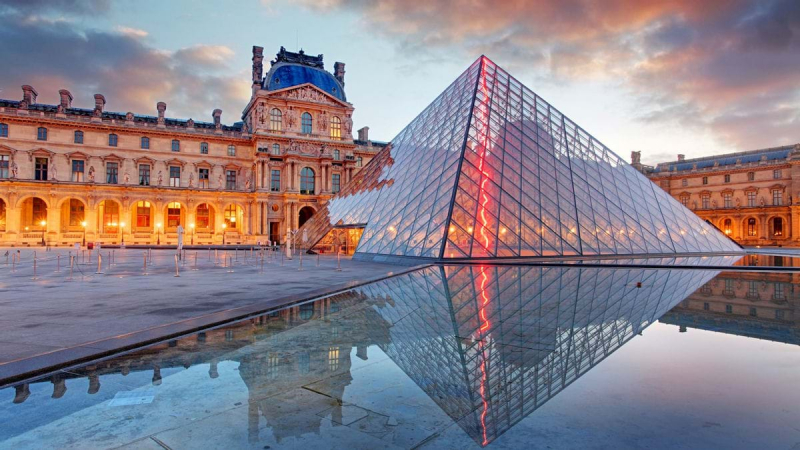
Photo: ashui -
The oldest remaining bridge over the Seine in Paris, France, is called the Pont Neuf (New Bright). It is located near the western (downstream) tip of the Île de la Cité, the island in the middle of the river that served as Lutetia, the name by which Paris was known between 250 and 225 BC, and as the city's center during the Middle Ages.
The bridge is made up of two independent spans: one with seven arches connecting the island to the right bank, and one with five arches connecting the left bank to the Île de la Cité. Old etched maps of Paris reveal that the freshly constructed bridge only just touched the downstream edge of the Île de la Cité; since then, the island has grown as a result of a natural sandbar formation in the middle of the river, assisted by stone-faced embankments known as quais. The Square du Vert-Galant, a tiny public park established in honor of Henry IV, often known as the "Green Gallant," is located now at the island's point.
The Pont Neuf appellation, which has persisted even after all of those dwellings were replaced, was given to set it apart from older bridges that had houses lining both sides of them. Despite its name, it has long been Paris's oldest Seine-crossing bridge. The French Ministry of Culture has recognized it as a monument historize since 1889.
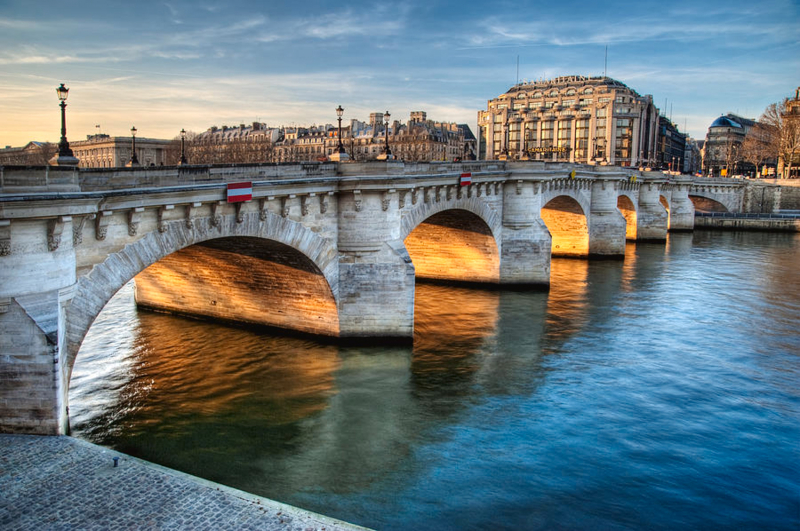
Photo: itinari 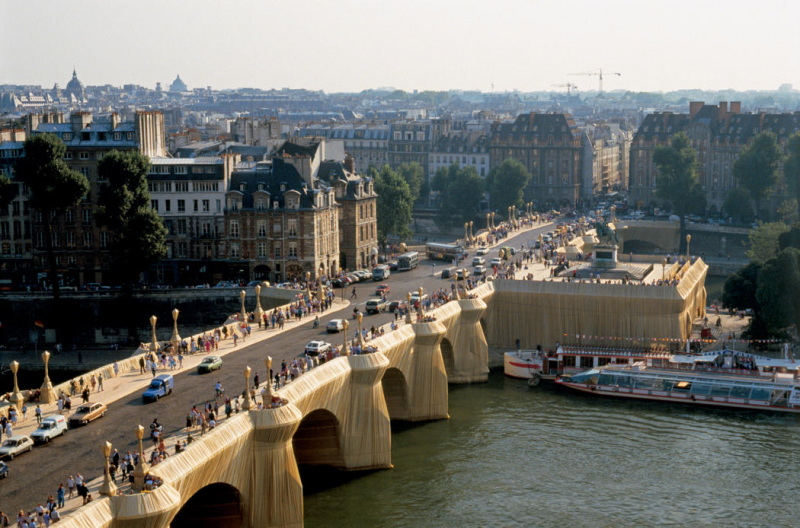
Photo: airbooking -
The Arc de Triomphe, Notre Dame Cathedral, and the Louvre are just a few of the stunning sights that can be seen from the top of the Eiffel Tower. A replica of the Statue of Liberty is something that one might not anticipate seeing. Yet there it is, right there in the middle of the Seine River, just to the south.
The American community in Paris donated the monument itself to the city of Paris in 1889 to mark the 100th anniversary of the French Revolution. Unlike Bastille Day, which was celebrated ten days later and is frequently referred to as the "French Fourth of July," the statue was officially unveiled on the Fourth of July, a day that is not at all related to the French Revolution. To be fair, the statue's tablet includes the dates July 14, 1789, and July 4, 1776, and the ceremony was presided over by French President Marie François Sadi Carnot, who most likely had other commitments on July 14th. The present was given to emphasize the two countries' long-standing friendship and to reaffirm their commitment to the republican ideal that served as the foundation for both of them.
In reality, this Statue of Liberty at Pont de Grenelle was initially one of the working models created while getting ready to build the "genuine deal," which was put around three years after the New York Statue of Liberty.
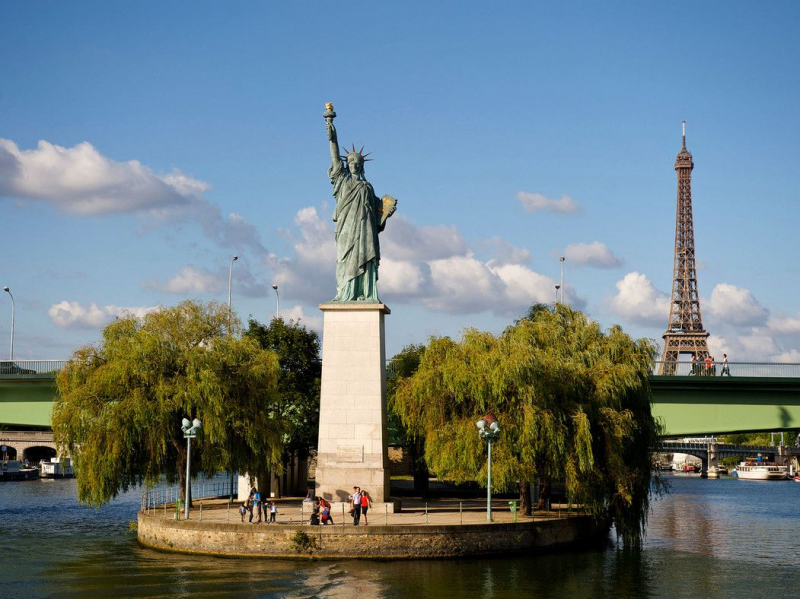
Photo: girlgonegallic 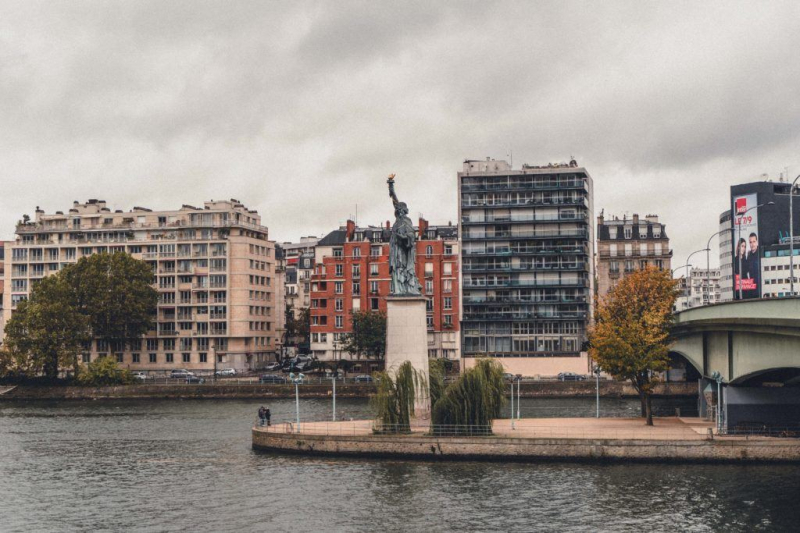
Photo: solosophie -
It should come as no surprise that the 400+ station Paris metro system contains several hidden gems. One of the interesting facts about Paris is ghost stations are those of the Paris Métro that are no longer in use for commercial purposes and have been closed to the general public. Many stations on the Paris Métro have been made inaccessible and sit vacant for historical or financial reasons, giving Parisians a feeling of mystery.
When France entered World War II in September 1939, the bulk of these ghost stations were shuttered, and some of them have remained shuttered ever since. As the network developed, some of them were recycled or entirely disappeared. Two stations were built but never used; they are still unavailable to the general public. Three more were planned but never had a Métro line to serve them.
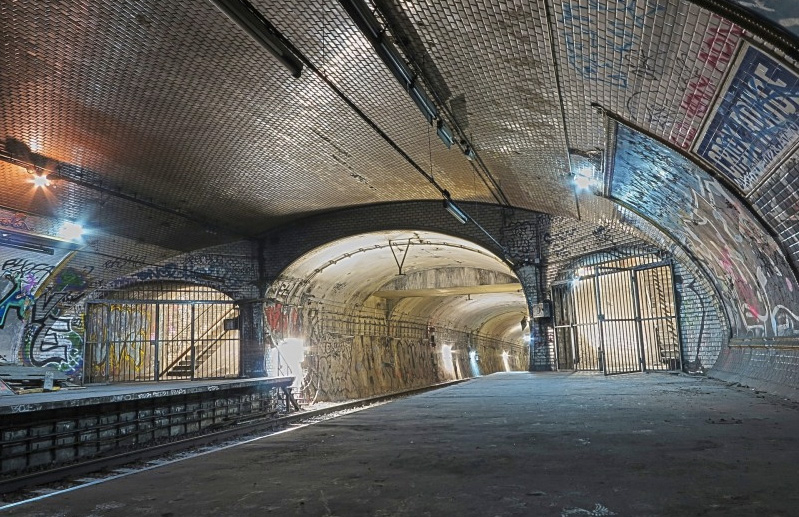
Photo: thespaces 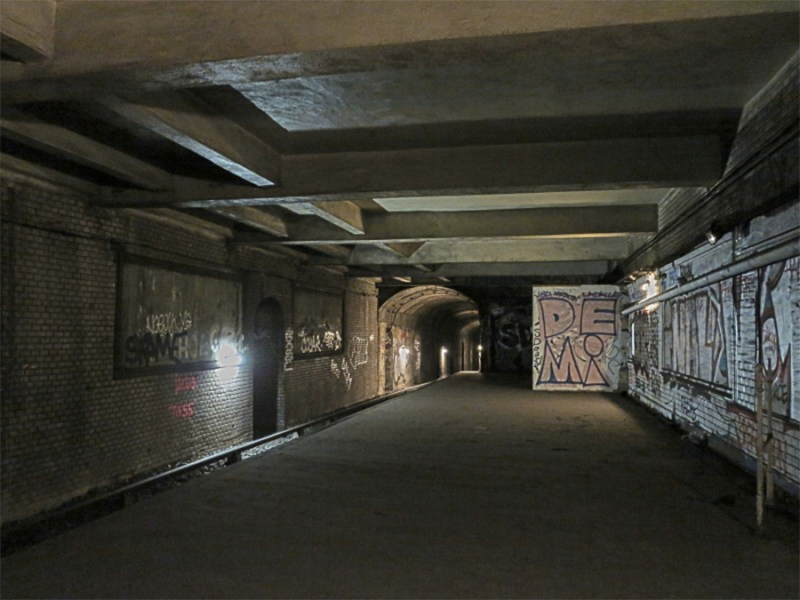
Photo: thespaces -
Since 1994, the best baguette in the city has been decided by a panel of baking experts and six randomly selected Parisians. This competition is known as Le Grand Prix de la Baguette. The winning boulangerie (bakery) receives a line around the block and garners national attention. These fortunate bread enthusiasts get to consume baguettes all day while evaluating each loaf for flavor, texture, scent, and aesthetics.
Every year, a winner for the title of the finest baguette in Paris for that year is selected by a panel of judges using a sophisticated scoring system. Being selected as a winner is a great honor and offers right away more than simply cash gain. The amount of the winner's reward fluctuates from year to year, however it presently starts at 4000 euros.
Additionally, the victors will be given a one-year contract to provide daily fresh baguettes to the Elysées Palace and the current French president. The ability to display a large sticker on the front window that reads "winner of the best baguette competition" is another major benefit. This increases foot traffic significantly.
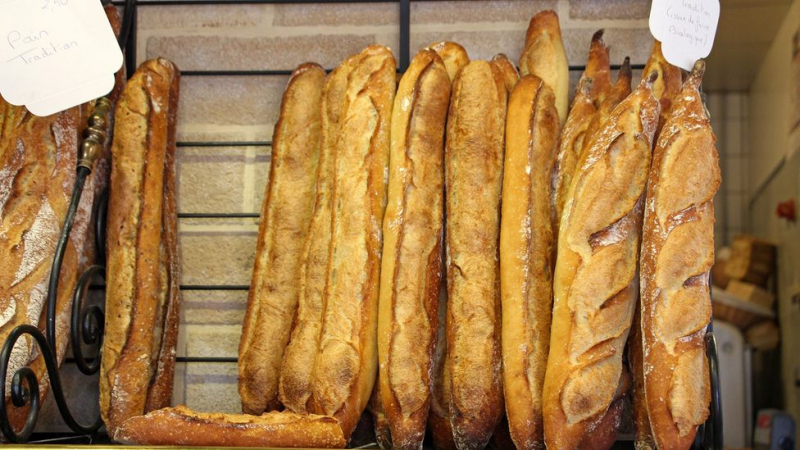
Photo: bbc 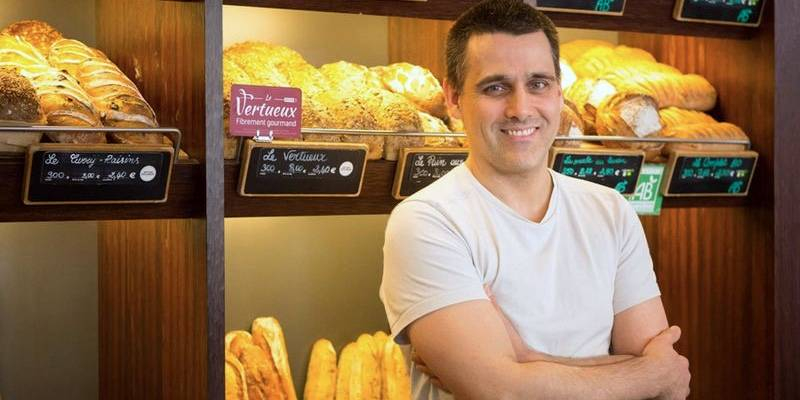
Photo: parisinsidersguide -
The Catacombs of Paris are underground cemeteries in Paris, France, that house more than six million people's remains in a small section of a tunnel system constructed to connect the city's historic stone quarries. This ossuary, which extends south from the Barrière d'Enfer ("Gate of Hell") former city gate, was built in an effort to clear the city's overflowing cemeteries. After several basement wall collapses in Saint Innocents Cemetery Quarter in 1774 increased the urgency of the cemetery-eliminating measure, preparation work started soon after. Starting in 1786, nightly processions of covered wagons moved remains from the majority of Paris cemeteries to a mine shaft that had been opened nearby the Rue de la Tombe-Issoire.
The ossuary was virtually forgotten until it was used as a unique location for concerts and other private events at the beginning of the 19th century. In 1874, following more restorations and the construction of accesses near Place Denfert-Rochereau, it was made accessible to the general public. The Catacombs are one of the fourteen City of Paris Museums that Paris Musées manages as of 2013. Even though the ossuary only makes up a small portion of the carrières de Paris (or "quarries of Paris") underground tube system, Parisians now frequently refer to the entire system as the catacombs.
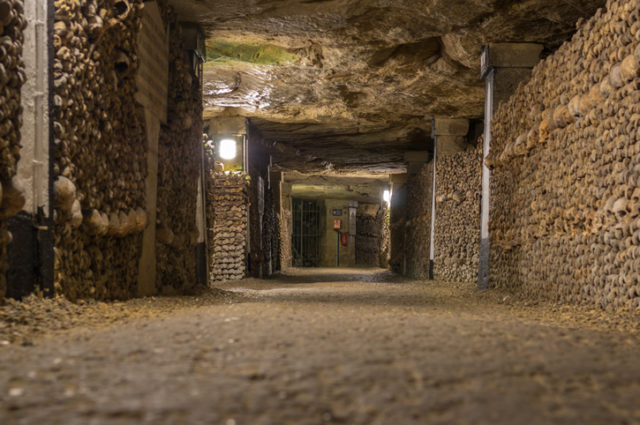
Photo: abandonedspaces Source: Geographics youtube channel -
Paris is referred to as "the city of light" among other names. This is a truth that practically everyone in Paris is aware of, we are confident. But most people are unaware of how it came to have this moniker.
Many people believe that it earned its name from the stunning lights that emanate from Paris's top tourist attractions at night or from the holiday illuminations, however none of those theories are true. One of the interesting facts about Paris is it because it was one of the first towns in Europe to install streetlights, Paris is known as the "city of light."
Louis XIV ordered this in the 17th century to brighten the streets and improve the safety of the city, which had declined as a result of the recent conflicts. However, the moniker has become so well-known up to this point, adding to the city's uniqueness.
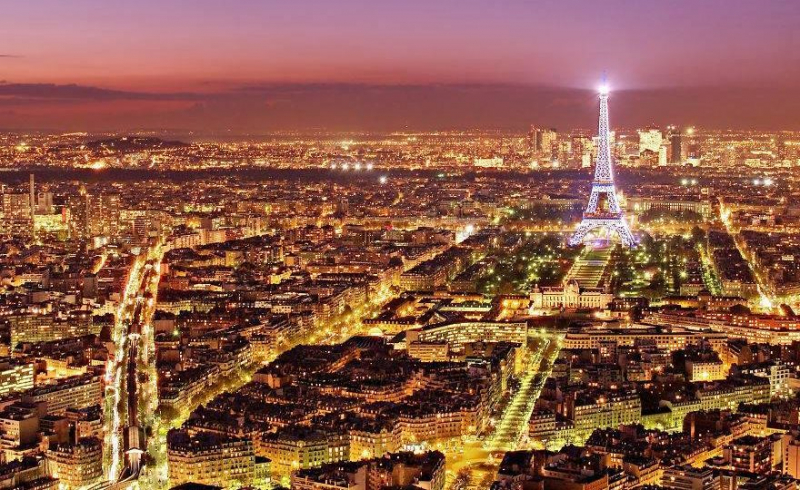
Photo: francetravelblog 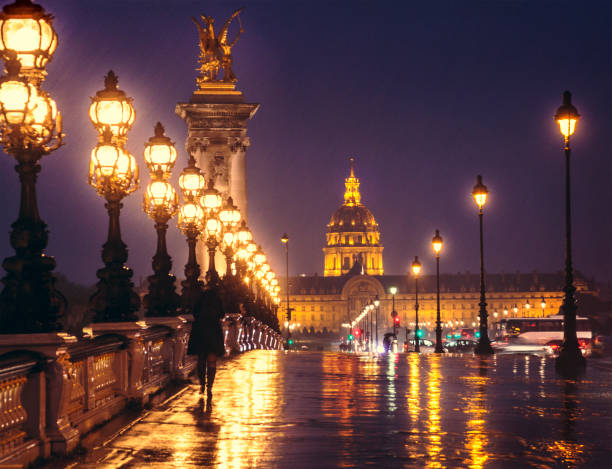
Photo: istock -
Many people would be shocked to hear that the custom of using love locks didn't truly originate in Paris. But given that Paris is more frequently connected with love locks than any other city in the world, it's simple to understand why the majority of people could have believed such.
Where else would this practice have originated if not in Paris? The custom of fastening padlocks was created in a tiny Serbian town as a result of a failed romance between two young lovers named Nada and Relja. The young women in the town decided to start locking padlocks with their names and those of their lovers on the "bridge of love" and then tossing the keys into the river as a sign of a lifetime commitment without infidelity because the relationship failed due to Relja's infidelity, which broke Nada's heart. Later, as a symbol of love, everyone in the town and in Serbia began to lock padlocks, and this practice quickly spread throughout Europe.
However, Paris, the city of love, took the lead in the practice of tying padlocks to the bridges that so many people believed to be the source of this beautiful pastime.
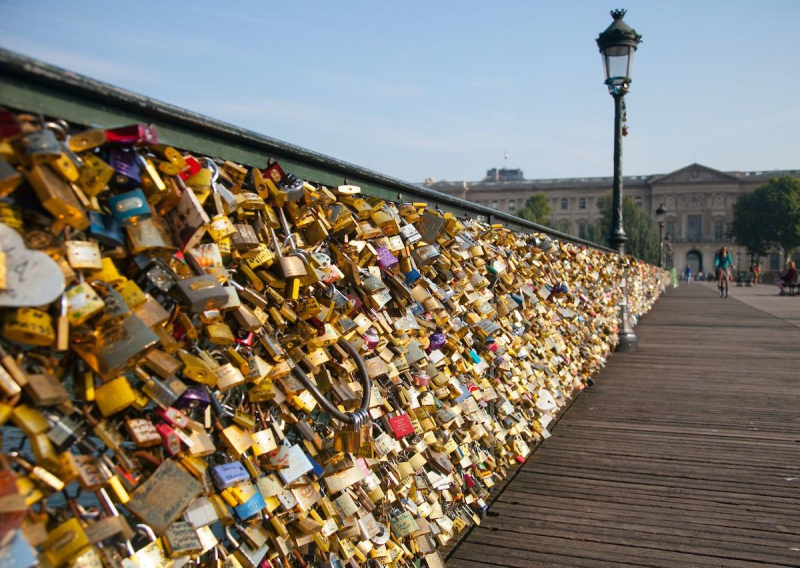
Photo:matadornetwork 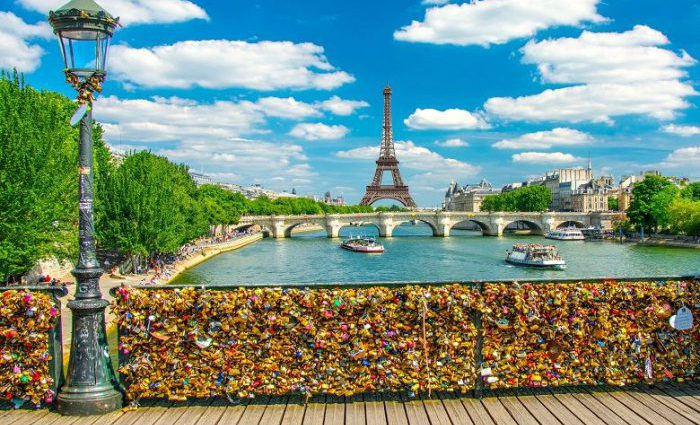
Photo: thetourguy -
You're in for a major shock when you arrive in Paris if you're from a nation where the roads are marked with "STOP" at every turn. There are no stop signs on the roads in Paris. When people learn this information about Paris, France, their minds are completely blown. Paris is now a "STOP" free city because even the one stop sign that has ever been at the exit of a construction enterprise in the 16th arrondissement mysteriously vanished.
In Paris, there are no intersections without traffic lights where cars come to a complete stop. Both at conventional intersections and in traffic circles, the car to the right has the right of way. Red octagons are not among the city of Paris' many traffic signs, despite the fact that there are several of them.
There may not be stop signs, but there are still plenty of other indications to prevent mayhem from spreading across the streets of Paris. One of the most typical "Do Not Enter" signs for one-way streets is the red circle with the line through it. Like the one that was next to the stop sign, there are many "No Left Turn" signs as well. This explains why there are various shapes for road signs.
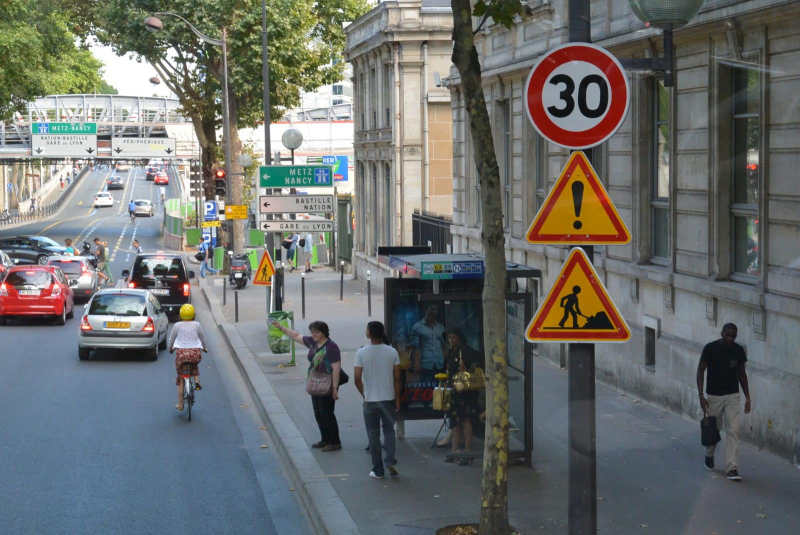
Photo: parispropertygroup 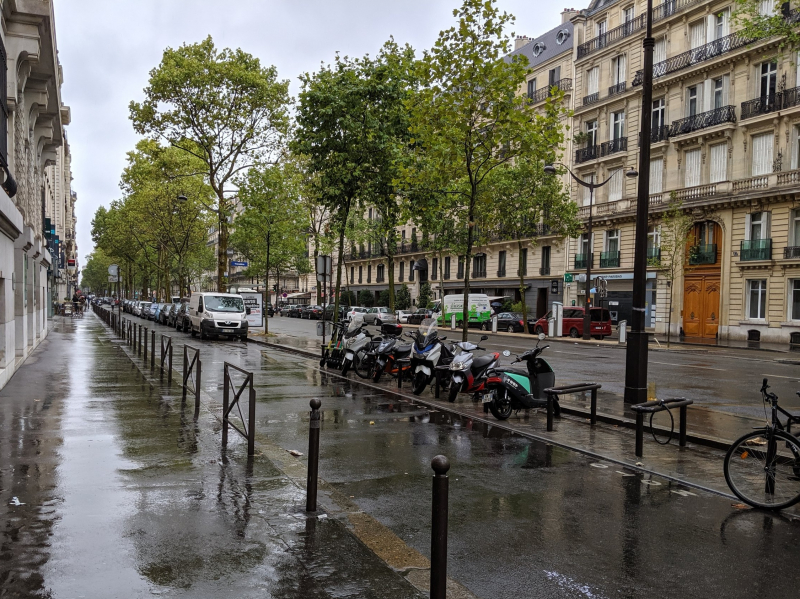
Photo: strongtowns -
Being a cab driver in Paris, France costs 200,000 Euros, which is one of the interesting facts about Paris. You may now be questioning why and how someone would pay such a significant sum of money for a job that hardly pays so much per year.
To be clear, the 200,000 Euros are for the license cost that taxi drivers must pay in order to work as independent contractors as taxi drivers in the city. In Paris, there are two ways to get a driver's license. First, free from the government organization. However, because to the lengthy waiting period—more than 14 years—no one chooses to go this path. Given that it doesn't take as long, that is worse than attending college to become a doctor. Purchase a license from a taxi driver who has retired or stopped working, which is the second option. Now you know where that ridiculous sum of money comes from. There isn't a predetermined price at which to sell it; instead, determine its worth using the current free market pricing. Additionally, the market price fluctuates between 180 and 200 thousand euros. It makes sense that there are fewer independent taxi drivers in Paris than in other major cities.
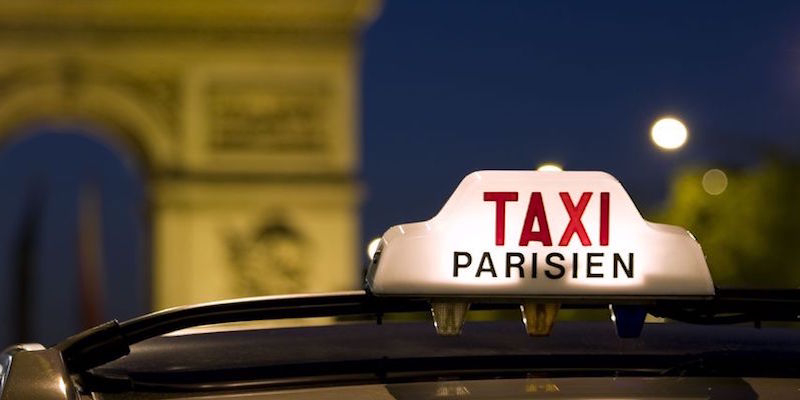
Photo: parisinsidersguide 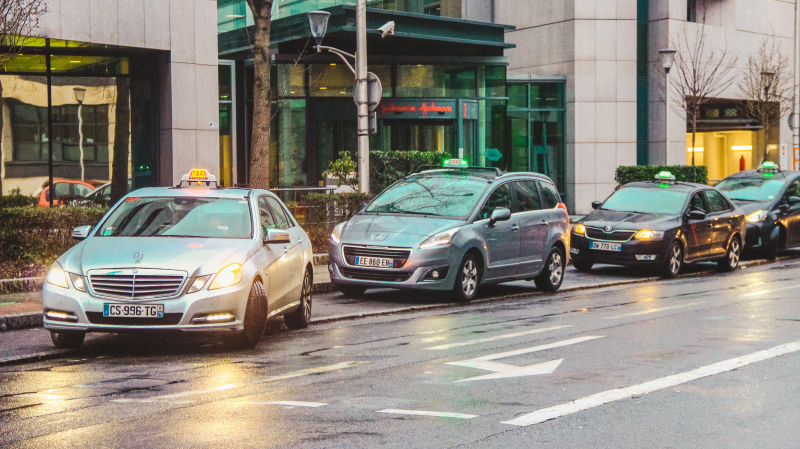
Photo: tunneltime -
Despite being the symbol of France and a significant landmark in Europe, the Eiffel Tower wasn't always this way. In actuality, nobody had any idea that it would rank among the most popular tourist destinations in both the nation and the world. It was built with the intention of being destroyed after 20 years, but when it was instead embraced by so many people and so many people came from far away to view it, the history of Paris and all of France was irrevocably altered.
The Eiffel Tower, which was built in 1909 as a temporary showcase, came dangerously close to being demolished and dismantled. After realizing its usefulness as a radiotelegraph station, city leaders made the decision to save it. Later, during World War I, the Eiffel Tower broadcast zeppelin alarms, intercepted enemy radio transmissions, and was used to transport emergency soldier reinforcements. During World War II, it avoided destruction a second time: Hitler had originally ordered the destruction of the city's most revered emblem, but the order was never carried out. The Eiffel Tower's elevator wires were infamously severed by French resistance fighters during the German occupation of Paris, forcing the Nazis to use the steps instead.
The Eiffel Tower has hosted a number of high-profile pranks, formal occasions, and even scientific investigations over the years. For instance, Theodor Wulf, a German physicist, observed the impacts of what are now known as cosmic rays in 1911 by using an electrometer to detect higher radiation levels at its top than at its base. Additionally, more than 30 replicas and related buildings in other locations throughout the world have been influenced by the Eiffel Tower.
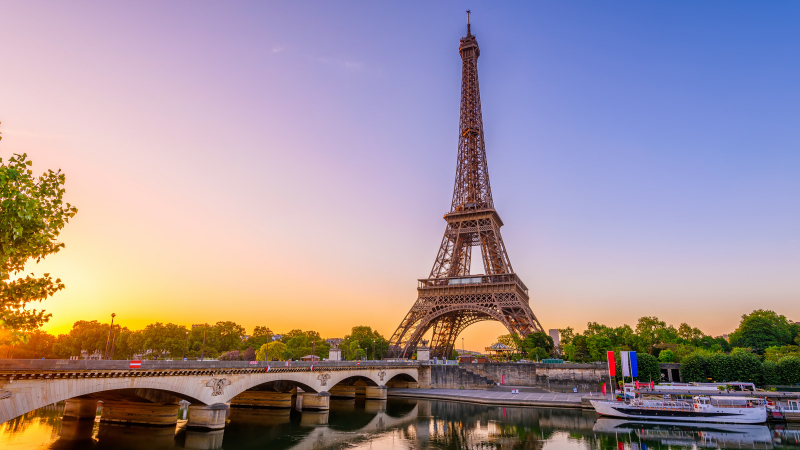
Photo: grunge 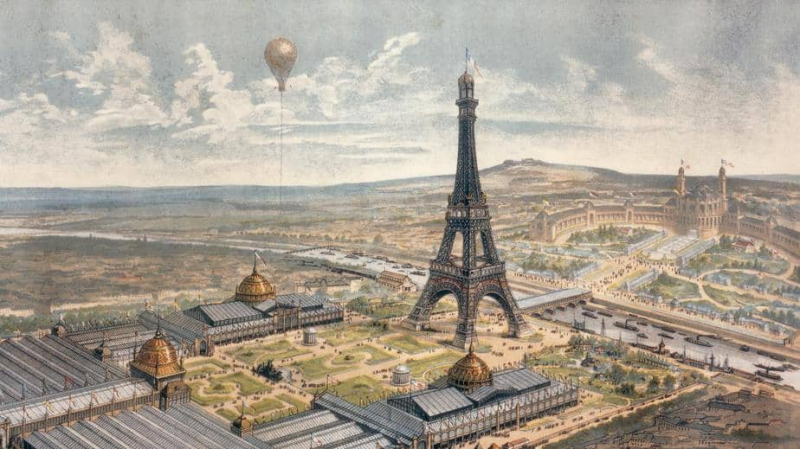
Photo: discoverwalks
































